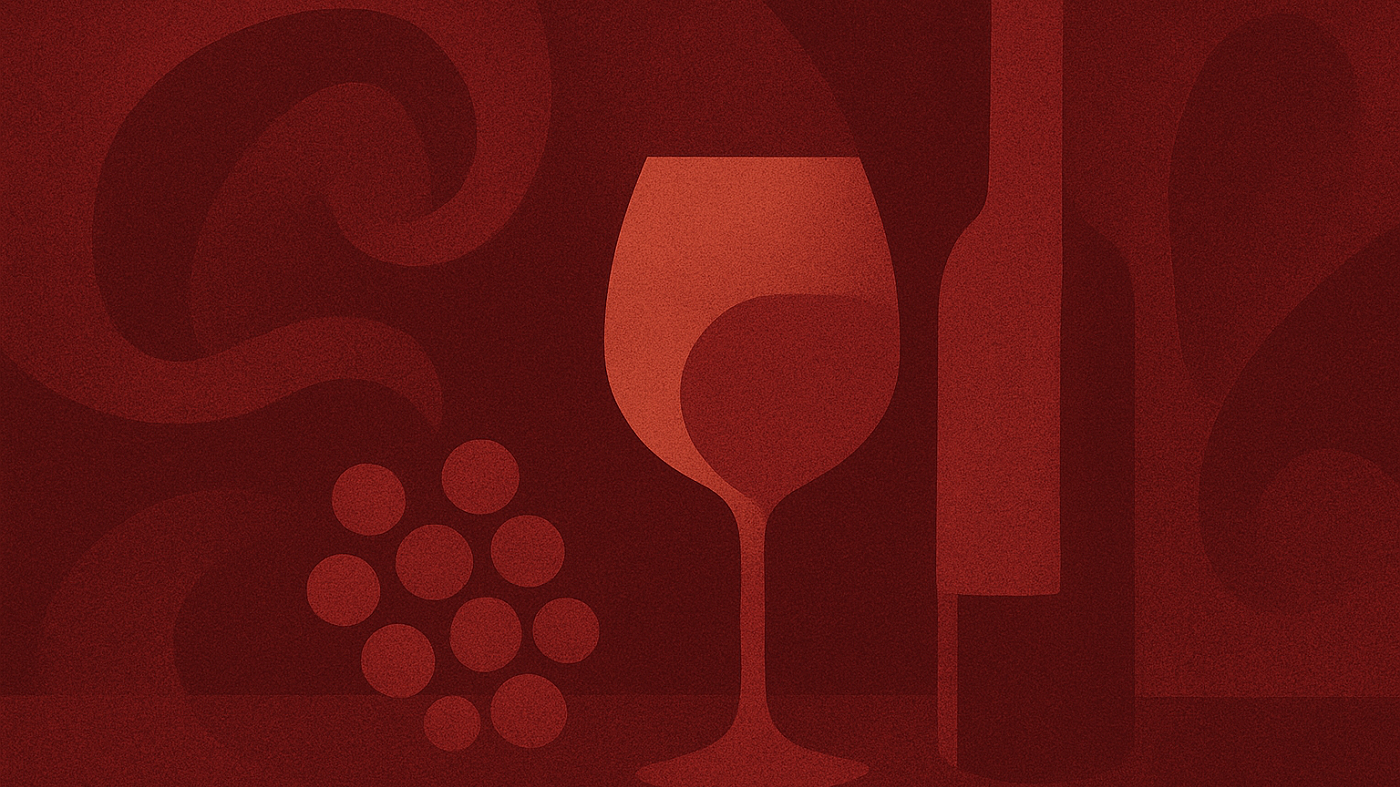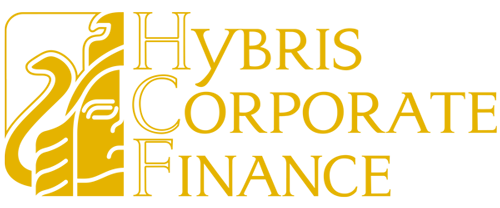
Wine Market - 2025 Trend - Business Services
The European and Italian Wine Market is undergoing a Critical Phase, driven by a volatile mix of macroeconomic, geopolitical, and structural factors. Italy, in particular, is facing an unprecedented overproduction crisis, with over 40 million hectoliters of unsold wine stored in cellars. This surplus, combined with a slowdown in exports and shifting consumption patterns, is directly impacting the profitability of the entire value chain.
Current dynamics require a strategic repositioning of the sector. In a context where the European wine market is projected to grow at a CAGR of 7.1% through 2030, Italy risks losing competitive ground due to structural inefficiencies and its dependence on foreign markets, particularly the US, which is currently unstable from a trade perspective.
MARKET SIZE AND GROWTH DYNAMICS
Europe
- Wine market value in 2024: approximately USD 231 billion
- Global market share: 44.9%
- Expected CAGR 2025–2030: between 4.6% and 7.1%
- Key growth drivers: increasing demand for sparkling, organic, and premium wines, intense penetration in HORECA channels, and wine tourism
Italy
- Revenue 2024: approximately € 42 billion
- Exports: over € 8 billion, including € 2 billion to the US market
- Expected CAGR 2025–2030: 7.5%
- Production 2024: approximately 50 million hectoliters; stockpiles in 2025: over 40 million hectoliters
SYSTEMIC STRESS FACTORS AND CRITICAL ISSUES
Overproduction
The current stockpile levels are exerting downward pressure on prices and inventory turnover, eroding liquidity for many producers, particularly SMEs in Central and Southern Italy. Emergency measures such as green harvesting and crisis distillation are necessary but require swift implementation and public funding.
Declining exports
Exports to the United States — Italy’s top non-EU wine market — fell 7.5% year-on-year in the first quarter of 2025, following the introduction of tariffs ranging from 10% to 20%, with potential escalation up to 200% on selected denomination-protected products.
Falling domestic consumption
Per capita wine consumption in Italy is decreasing, particularly among younger demographics, who are shifting toward alternative beverages and low- or no-alcohol trends. Wine is losing its role as a daily product and being replaced by experiential consumption patterns.
International competition
The strengthening of the euro and the rise of new international players (Chile, Australia, USA, Georgia) are intensifying competition in both pricing and positioning.
DEMAND EVOLUTION
Demand drivers are shifting: sustainability, transparency, traceability, and innovative packaging are increasingly essential decision criteria, especially for consumers under 40. Sales of organic and low-alcohol wines are growing steadily (+9.3% YoY according to Nomisma Wine Monitor 2024).
The HORECA channel remains central, but direct-to-consumer sales are gaining ground, particularly via digital platforms. Exports remain the main growth lever but must be supported by geographic diversification and strategic repositioning.
STRATEGIC RECOMMENDATIONS
Supply rationalization
Structural interventions in the value chain are needed to reduce overproduction, including public incentives for green harvesting, crisis distillation, and varietal conversion.
Diversification of export markets
Reduce dependency on geopolitically unstable markets (such as the US) in favor of high-potential emerging markets (South Korea, Vietnam, Brazil). This requires bilateral agreements and integrated promotion strategies.
Premium and origin-based value creation
Reposition Italian DOP/IGP products toward high-margin market segments, focusing on authenticity, territorial storytelling, and traceability. Denominations must become competitive assets, not just formal certifications.
Sustainability and ESG finance
Enable access to ESG funding channels by clearly measuring and certifying environmental impact. The increasing interest from green investors in the agri-food sector represents a significant opportunity for virtuous and innovative companies.
CONCLUSION
The European wine market is growing, but Italy risks losing its competitive edge unless urgent action is taken to address structural imbalances. The existence of over 40 million hectoliters of unsold wine is not just a technical statistic, but a systemic warning signal. In a sector where a supply-demand balance is critical, failing to adapt to evolving global dynamics may result in long-term losses of market share, value, and investor appeal.
Italy’s wine industry remains a strategic asset for the national economy, but it now requires clear vision, coordinated governance, and an industrial approach. Without a decisive shift, the country risks turning a legacy of leadership into a missed opportunity.

 News
News